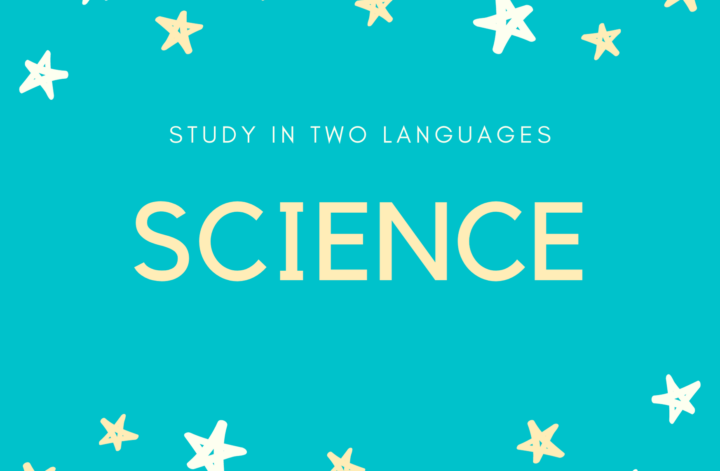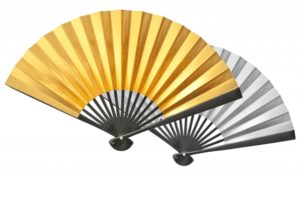The body’s organs work together in groups known as systems.
The skeletal system is responsible for supporting and protecting the body.
(Examples: bones, joints, tendons)
The muscular system is responsible for the movement of the body.
(Examples: skeletal muscles, cardiac muscles, smooth muscles)
The sensory system is responsible for the five senses.
(Examples: eyes, ears, tongue, skin, ears)
The respiratory system is responsible for breathing.
(Examples: trachea, bronchi, lungs)
The digestive systems is responsible for processing food.
(Examples: stomach, liver, small intestine, large intestine)
The circulatory system is responsible for sending blood to the entire body.
(Examples: heart, blood, blood vessels)
The nervous system is responsible for controlling all functions of the body.
(Examples: brain, nerves, spinal cord)
からだの器官は、器官系という集まりとなって、協同してはたらいています。
骨格系は、からだを支えたり守ったりしています。
(例 骨、関節、腱)
筋系は、からだの動きに関与します。
(例 骨格筋、心筋、平滑筋)
感覚器系は、五感を司ります。
(例 目、耳、鼻、舌、皮ふ)
呼吸器系は、呼吸に関与します。
(例 気管、気管支、肺)
消化器系は、食べ物を処理します。
(例 胃、肝臓、小腸、大腸)
循環器系は、血液を全身に行きわたらせます。
(例 心臓、血液、血管)
神経系は、からだのすべての機能を統御します。
(例 脳、神経、脊髄)





